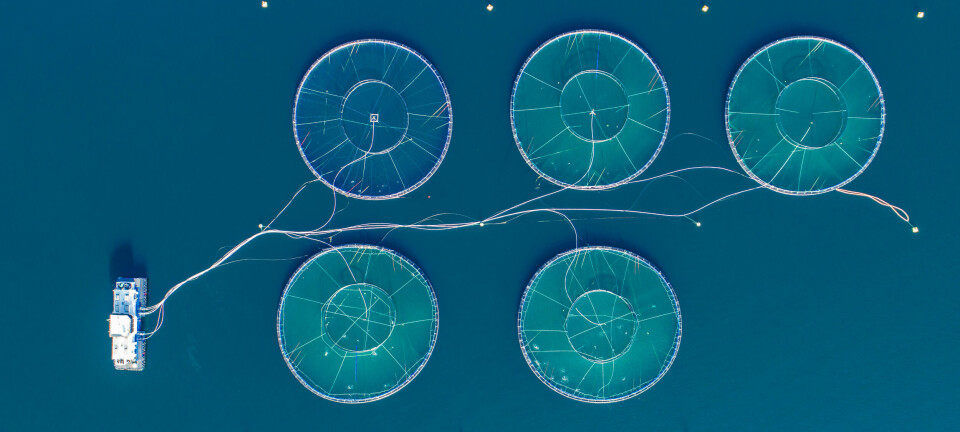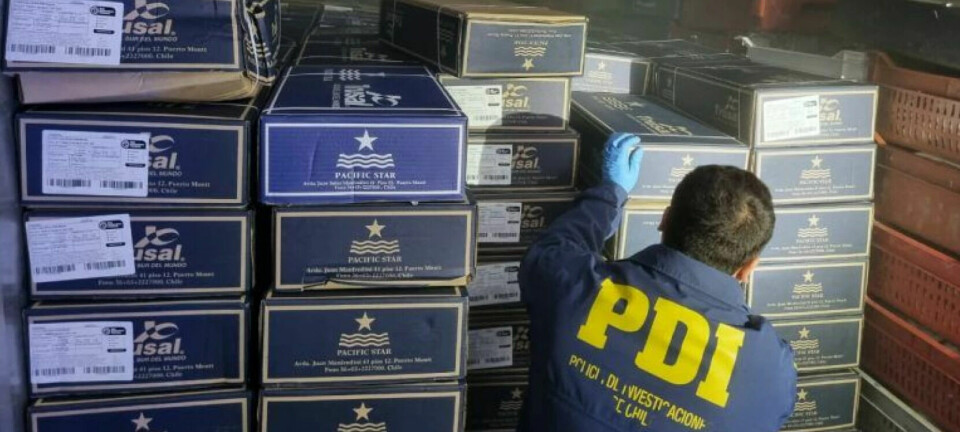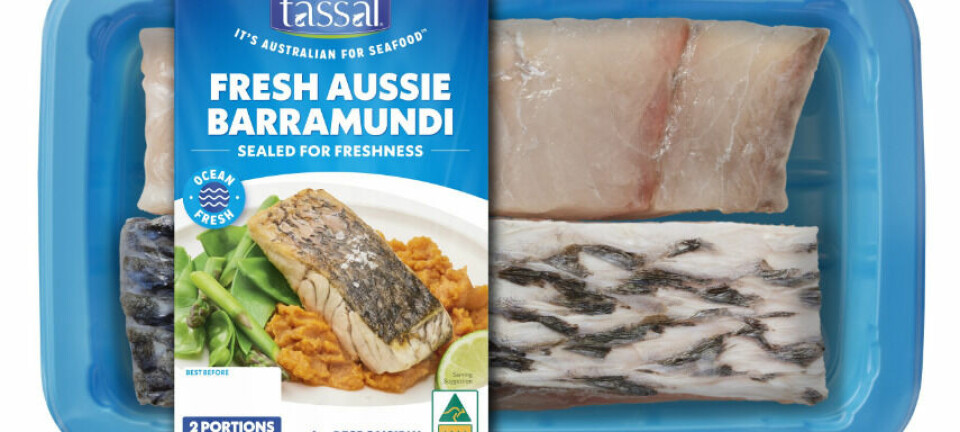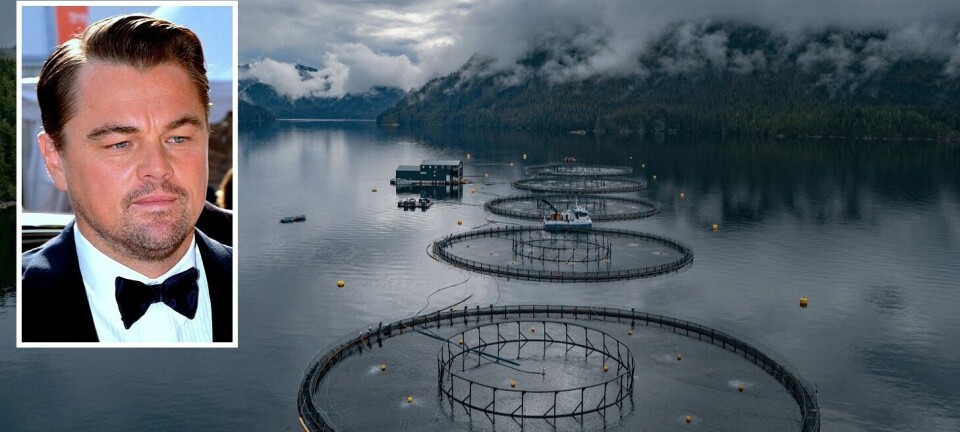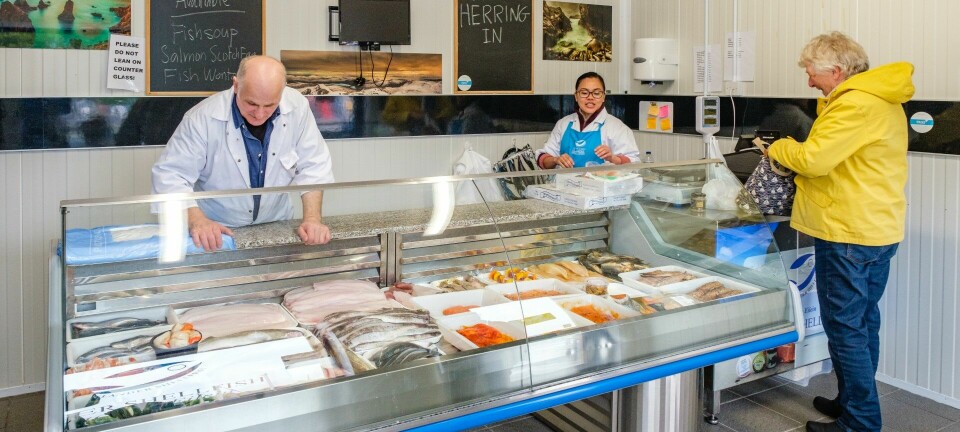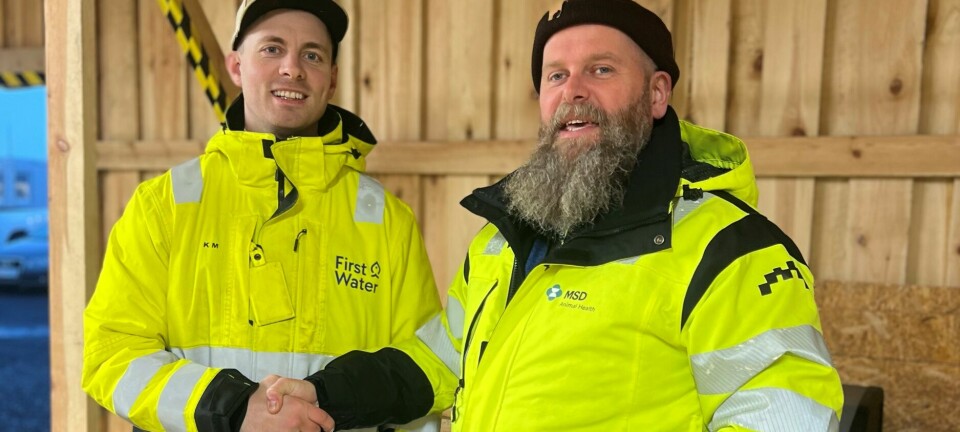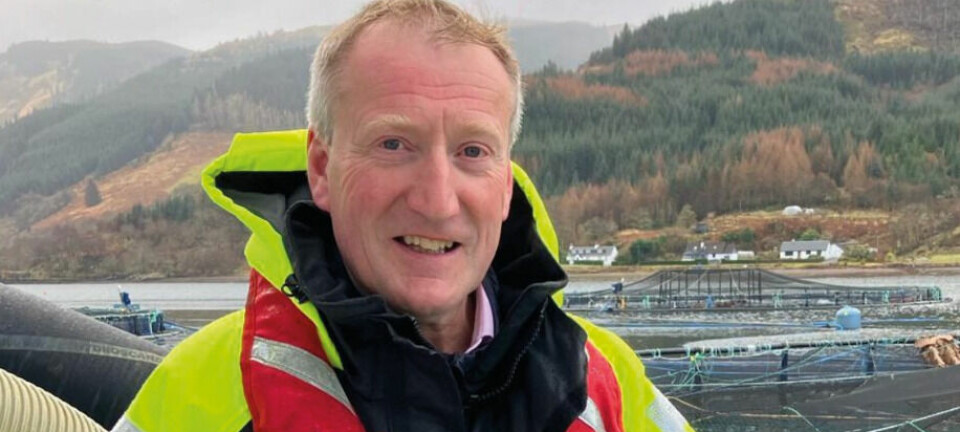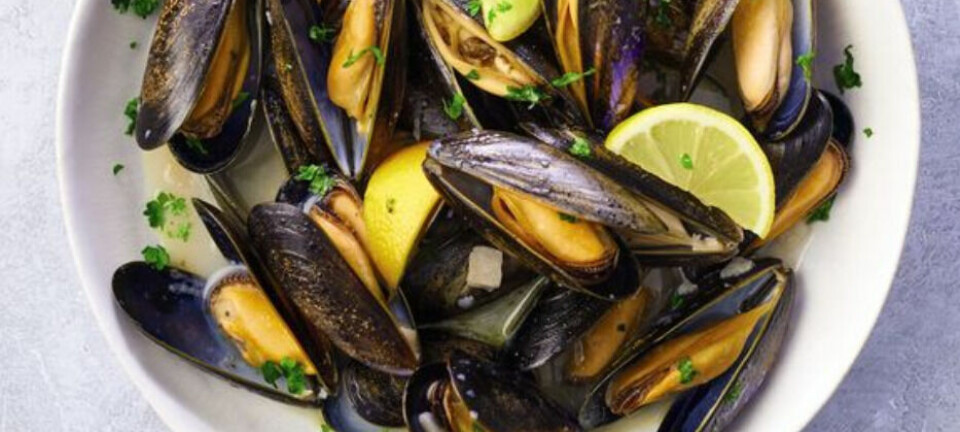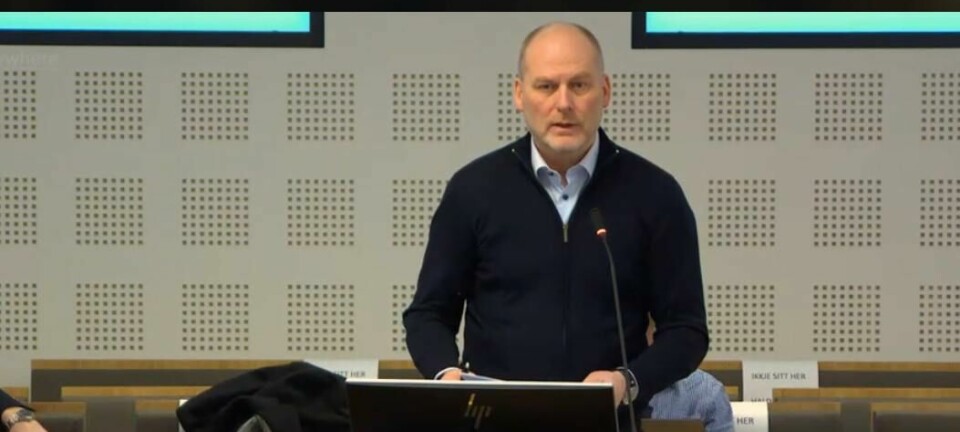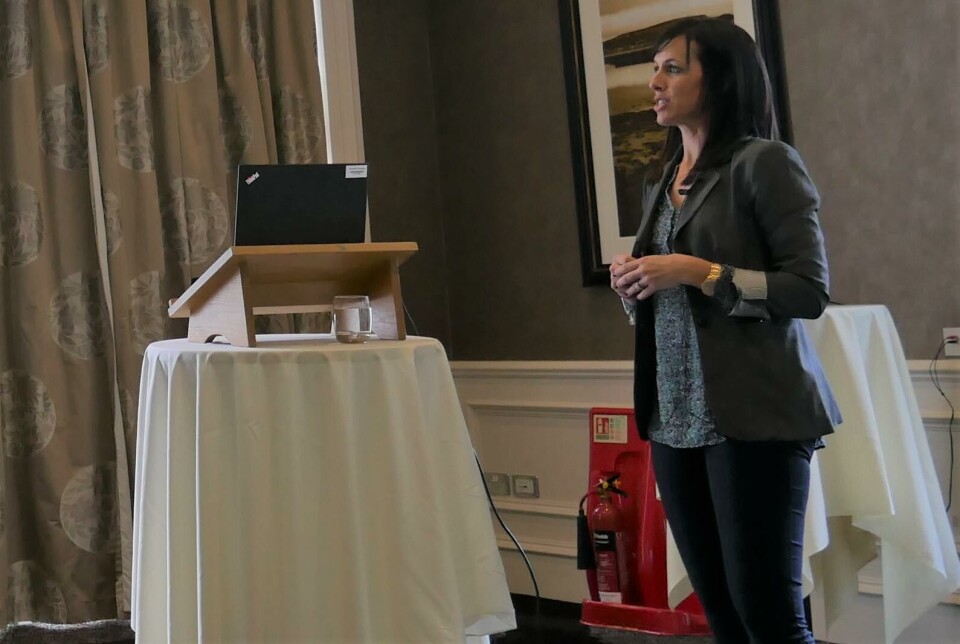
Coho biomarkers offer hope of progress in lice fight
A Canadian scientist has updated Scottish fish health professionals on continuing efforts to unlock the lice-resistance secrets of coho salmon in the hope of transferring the ability to Atlantic salmon.
Dr Laura Braden has been a leading researcher into both the response of coho salmon to lice infection, and the response of sea lice to their host, which researchers have discovered varies depending on which species of salmon they feed on.
The research uses a process called dual RNA-sequencing, which allows scientists to see what changes are happening in a host and its parasite simultaneously.
Braden, who was giving a talk to delegates at Pharmaq’s “Pharmaqademy” conference in Inverness last week, said that transcriptomic responses in the salmon louse Lepeophtheirus salmonis oncorhynchi from Pacific Canada had shown it preferred to parasitise non-native Atlantic salmon rather than the coho it evolved alongside.
Conversely, L.salmonis from the Atlantic preferred the non-native coho, although that didn’t help it. In both cases, the coho’s skin enveloped the louse and eventually killed it.
“Can we make an Atlantic salmon taste like a coho?” asked Braden, who was a post-doctoral fellow in the pathology and microbiology department at the Atlantic Veterinary College, Prince Edward Island (PEI), before joining transgenic salmon producer AquaBounty, and still maintains links with the college.
“At the molecular level it seems that enhancing cutaneous immunity is the way to go. We’ve identified cells that are in the skin that are only in coho salmon, mucus cells producing a really important pro-inflammatory mediator. This was highest on coho salmon during infection, so we have biomarkers.
“Using CRISPR (gene editing) is in my opinion the way of the future. Atlantic salmon and coho salmon are very similar at the genetic level.”
Braden said scientists were planning to repeat experiments on PEI with all five Pacific salmon species – chinook, sockeye, coho, pink and chum – which have varying degrees of lice resistance.
‘Awsome at rejecting lice’
She said one objective of the dual RNA-sequencing already carried out was to find out whether coho salmon are resistant immediately after hatching, prior to entering into the saltwater environment, or if it takes a little while in the ocean before they become resistant.
“We took infected fins, extracted the RNA of the parasite and the host simultaneously and RNA sequenced,” said Braden, who is also speaking at the 12th International Sea Lice Conference in Punta Arenas, Chile this week.
“Lice are rapidly rejected by coho. These fish were an average size of 12 grams, really tiny but just awesome at rejecting sea lice. At 18 days we’re seeing complete rejection of salmon lice.
“Four days post-infection the skin is starting to grow over the attached frontal filament of the salmon louse. By six days it becomes more obvious, so if you were to look at the skin it’s like a bump and at 10 days all you see are these white little lumps. At this stage the lice are still kind of alive, but in their encapsulated tomb.”
Profound trend
Braden explained that sequencing showed a large number of genes that were upregulated in fish infected in sea lice and downregulated in those that weren’t infected. “It’s quite a profound trend,” she said. “When you see something like this as a geneticist, it’s fantastic.”
There were more than 2,000 differentially expressed transcripts in the fish and more than 800 in the sea lice.
A lot of the differentially expressed genes were those involved in the “complement cascade”, a huge innate response to kill pathogens, and some were related to an allergy response.
Allergic response
“Sea lice are made of chitin, and chitin is a highly immunogenic molecule. A lot of people who are allergic to dust mites, it’s because they’re allergic to chitin.
“Maybe the coho is having an allergic response to the sea lice. It’s very interesting and we’re going after this with lots of vigour.
“Tissue modelling was also hugely upregulated, so they’re able to heal any wounds, prevent any open wounds for further colonisation, and then there are checks and balances, regulating that immune response.”
Braden said researchers also noticed lymphocytes inside the cavities of the cells surrounding the lice. “It may be that the complement (a huge innate response to kill pathogens) is happening as the parasite is eating these immune system cells, that it is kind of digesting from the inside. That’s kind of the Trojan horse. We’re not sure yet but we’re definitely pursuing this.”








































